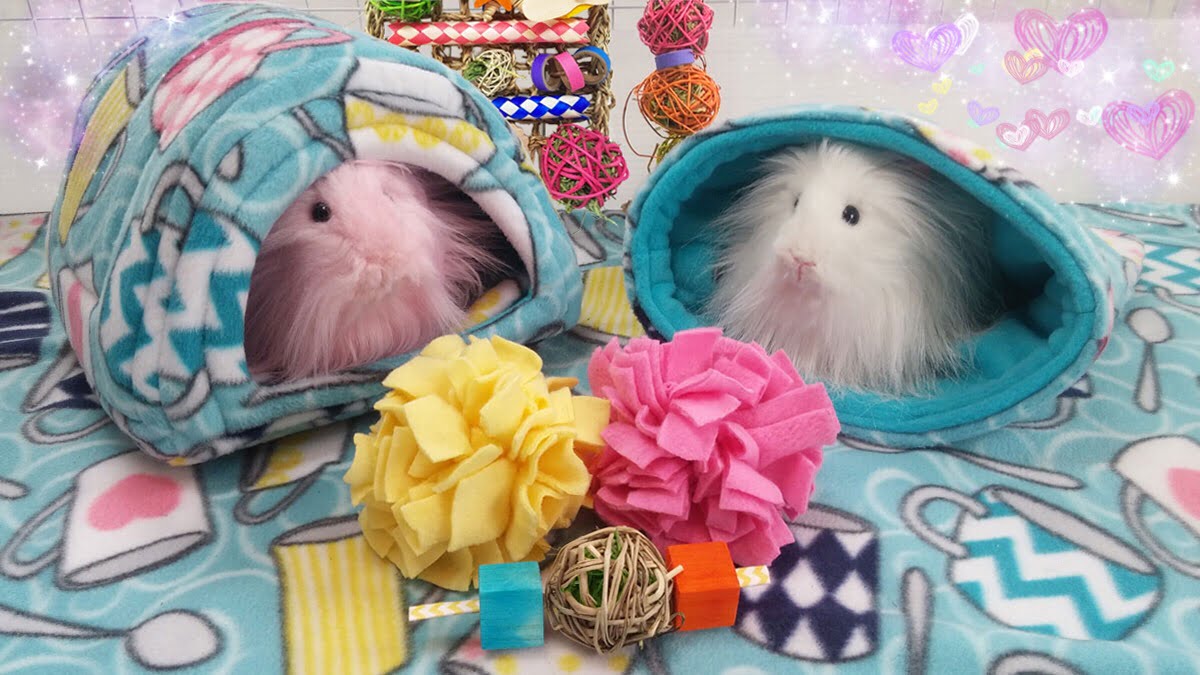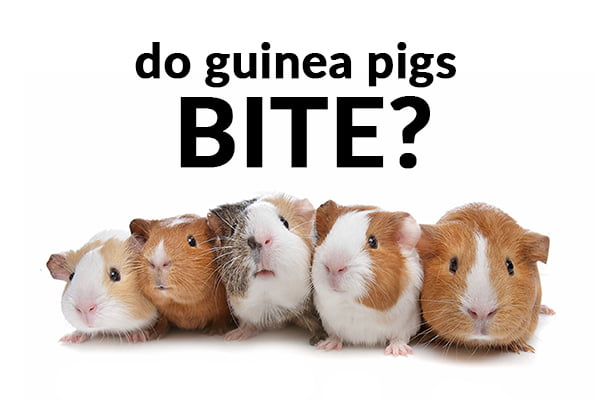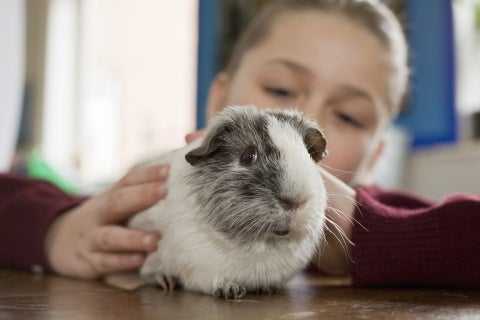Let’s Talk About Guinea Pig Toys
Guinea pig toys refer to various items specifically designed or suitable for entertainment, enrichment, and exercise for guinea pigs. These toys can include chew toys, exercise equipment, enrichment activities, and interactive playthings.
Importance of Toys for Guinea Pigs
Toys play a crucial role in guinea pigs’ physical and mental well-being. They provide stimulation, prevent boredom, and promote natural behaviors such as chewing and exploration. Additionally, toys can help maintain dental health and avoid obesity by encouraging exercise.
Focus on Guinea Pig Toys
This article will delve into the types of toys available for guinea pigs, considerations for choosing the right toys, DIY options, maintenance and cleaning tips, and the overall significance of providing toys for guinea pigs’ enrichment and happiness.

Types of Guinea Pig Toys
A. Chew Toys
- Natural wood blocks are solid blocks of untreated wood that guinea pigs can chew on to help maintain their dental health. They provide a safe outlet for their natural chewing instincts.
- Safe chew sticks: Chew sticks made from safe materials such as apple or willow wood are suitable for guinea pigs. They offer a variety of textures and flavors to keep your guinea pig entertained.
- Edible toys (hay-based treats): These toys are not only fun but also nutritious for guinea pigs. They typically consist of compressed hay or other natural ingredients, providing mental stimulation and a tasty snack.
B. Exercise Toys
- Exercise balls: These clear, plastic balls allow guinea pigs to explore their surroundings safely. They can roll around inside the ball, providing exercise and mental stimulation.
- Tunnels and tubes: Guinea pigs enjoy exploring tunnels and tubes, which mimic their natural burrowing behavior. These toys provide enrichment and can be used for exercise and play.
- Wheels: While not all guinea pigs enjoy running on wheels, some may find them entertaining. It’s essential to choose a wheel with a solid surface to prevent injury to their delicate feet.
C. Enrichment Toys
- Puzzle feeders: Puzzle feeders encourage guinea pigs to work for their food, stimulating their minds and preventing boredom. These toys often require them to push or manipulate objects to access their treats.
- Foraging toys: Foraging toys hide food or treats within them, encouraging guinea pigs to use their natural foraging instincts to find their meals. This type of toy provides mental stimulation and can help prevent overeating.
- Hideaways and tunnels: Guinea pigs enjoy having cozy places to hide and explore. Hideaways and tunnels provide them with a sense of security and privacy while also serving as fun obstacles to navigate.
D. Interactive Toys
- Balls with bells: Guinea pigs are attracted to the sound of bells, and balls with bells inside can provide entertainment and enrichment. These toys encourage movement and exploration.
- Toys with mirrors: Mirrors can intrigue guinea pigs and encourage social interaction. However, it’s essential to monitor your guinea pig’s reaction to the mirror to ensure they don’t become stressed or agitated.
- Hand-held toys for bonding: Hand-held toys, such as small plush toys or fleece strips, can be used during bonding sessions with your guinea pig. These toys provide comfort and familiarity during handling and playtime.
Considerations When Choosing Guinea Pig Toys
A. Safety
- Ensure toys are made from non-toxic materials to prevent harm to your guinea pig if ingested.
- Choose toys that are appropriately sized to prevent choking hazards or other injuries.
- Avoid toys with small parts that can be easily swallowed or cause blockages in the digestive tract.
B. Durability
- Select toys that are resistant to chewing to ensure they last longer and remain safe for your guinea pig.
- Look for toys made from durable materials that can withstand the wear and tear of daily use.
C. Appropriateness for Guinea Pig’s Age and Size
- Choose toys suitable for the age and size of your guinea pig to ensure they can safely interact with them.
- When selecting toys, consider your guinea pig’s developmental stage, especially for baby guinea pigs compared to adult ones.
D. Enrichment Value
- Prioritize toys that provide mental stimulation, such as puzzle feeders or foraging toys, to keep your guinea pig engaged and prevent boredom.
- Select toys encouraging physical exercise, such as exercise balls or tunnels, to promote your guinea pig’s overall health and well-being.
E. Budgetary Considerations
- Explore cost-effective options when purchasing toys to ensure they fit within your budget.
- Consider DIY toy ideas using household items or inexpensive materials to provide enrichment for your guinea pig without breaking the bank.

DIY Guinea Pig Toys
A. Cardboard Creations
- Cardboard Tunnels: Utilize cardboard tubes from paper towel rolls or large boxes to create tunnels for your guinea pig to explore. Ensure edges are smooth and secure to prevent injuries.
- Cardboard Castles: Use cardboard boxes of various sizes to build a simple castle. Cut out doorways and windows for your guinea pig to enter and explore.
B. Homemade Chew Toys
- Twigs and Branches: Collect safe branches from untreated trees (e.g., apple or willow) and offer them to your guinea pig for chewing. Ensure they are free from pesticides and thoroughly cleaned.
- Hay-filled Toilet Paper Rolls: Stuff empty toilet paper rolls with hay to create a chewable and forageable toy for your guinea pig. They’ll enjoy tearing apart the roll to access the hay inside.
C. Recycled Items
- Paper Bags: Offer paper bags (without handles) as hiding spots or playthings for your guinea pig. They can enjoy exploring the bag’s interior and chewing on paper.
- Old Socks Filled with Hay: Fill clean old socks with hay and securely tie off the open end. Your guinea pig can nibble on the sock and enjoy digging through the hay.
These DIY toy ideas are cost-effective and provide enrichment and entertainment for your guinea pig while encouraging natural behaviors like chewing and exploring. Always supervise your guinea pig with DIY toys to ensure their safety and remove any hazards promptly.





